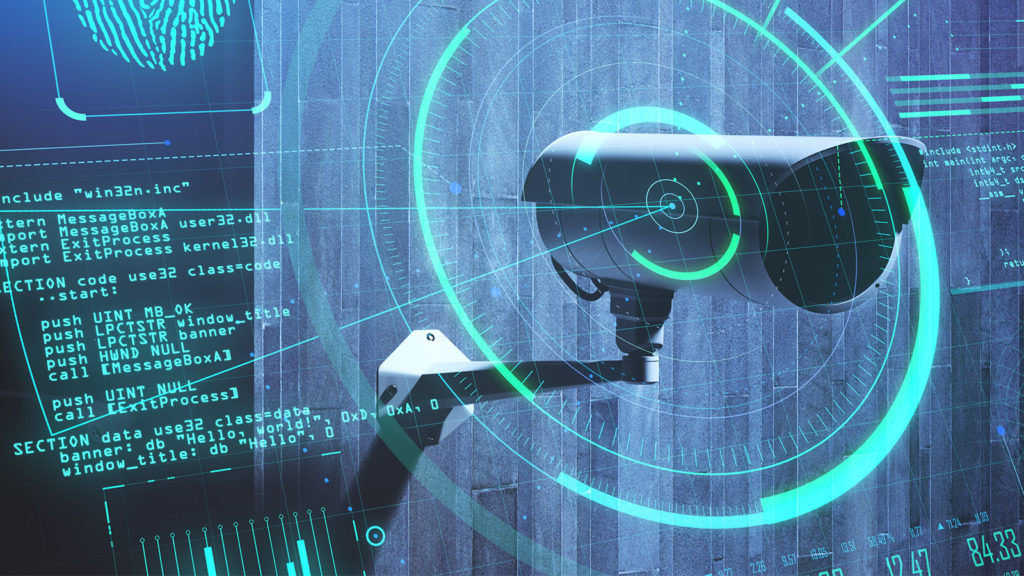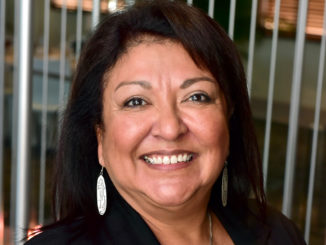I know we’ve sounded off about this before, but it is important that all surveillance leaders take note that we are undergoing a massive sea change, not only in what we look for, but also how we look. As technology continues to increase in our workplaces, the methods used to commit theft, fraud and cheating also change to commit the crime, and to hide it from us.
To illustrate what we’re seeing, consider some of the types of theft and fraud, as well as cheating, that we’ve seen in the last few years. For example, think about the massive and continuing thefts we’ve seen in players clubs using free play, the setup of false slot jackpots by slot technicians from their workshop, or the use of a camera to track cards in baccarat. Of course, the list can go on and on. What is similar about each of these is that they all use some type of technology to commit their crime. In many cases, they use the technology we have in place against us.
Our concern about the use of technology to commit casino crimes is that it can be much harder to detect. Actually, I don’t know that it’s harder, but it is different than how we normally detect such activities. The good news is that we can also use technology to detect the activity that is being used against us. The bad news is that we have to change our operations, to potentially a large degree, to detect this type of crime. We must make the invisible, visible.
Other things are changing too. Our traditional role has been to protect the casino, primarily table games. If we look at what we’re dealing with now, we see liability issues, theft and fraud occurring in our retail operations, players club fraud, risk of workplace violence and active shooter, sportsbooks, civil unrest, etc. In fact, I would venture to say that we are now spending more time in areas outside the casino, because that is where crime is occurring and costing us the most.
Presently, the normal surveillance operation focuses primarily on live operation and review of certain activities. Most of us are watching the pit almost exclusively. Now, I’m not advocating that we eliminate the pit and other casino games and operations from our observations. We must keep our eyes on gaming because it can erupt at any time due to cheating, advantage play, team member theft, guest theft, or other issues. We should always have a live presence for the casino floor.
What I am saying is that the casino isn’t and shouldn’t be our only concern. Every area deserves our attention simply because they are all vulnerable to theft and fraud or other team member or guest issues. During my career in surveillance, security, and fraud investigation, I’ve probably been in every department of a casino resort. Often the losses occurring in these areas can continue for years and cost thousands, and sometimes millions before they’re stopped – and it’s usually due to the fact that no one is looking for the red flags in those areas.
What do these current issues and new types of theft and fraud tell us? That it’s time for the surveillance department to break out of its traditional role of spinning cameras around the casino. As mentioned in other articles and publications, in most cases the camera won’t see what we’re looking for anymore, unless we have specific information and can go directly to that specific person, specific area or department, specific game, or specific activity.
Progressive and proactive surveillance rooms are doing exactly that. They are monitoring the casino as they have always done; they just don’t assign all of their available personnel to do so. They are assigning one or more agents, sometimes teams of agents to review reports, exceptions, business information, win/loss information, etc., to identify and isolate red flags and suspicious activity to generate the specific information necessary to place cameras directly on a person, operation, or concern. We are watching because we already know or strongly suspect, based on the information we’ve developed, that something is amiss.
That is the way we need to operate nowadays. While the bad guys can use technology to hide what they’re doing from us, there is always a trail left behind or even generated because of the removal, alteration, modification, or other change that must be done to cover the loss or hide their identity. Remember to locate the loss and the corresponding lie used to cover the loss. Another way to look at is to think that “one of these things doesn’t look like the others.” There is aways a trail to follow. We just have to find it and make sense of it.
When you can operate in this fashion, you will increase your detection rate and more importantly, the quality of your detections. And probably even more important than that, you will do this without having to be told to do it or wait until the activity has been detected by someone else.





